Huge dust storms caused by agricultural mistakes forced millions of Americans to abandon their homes in the 1930s.
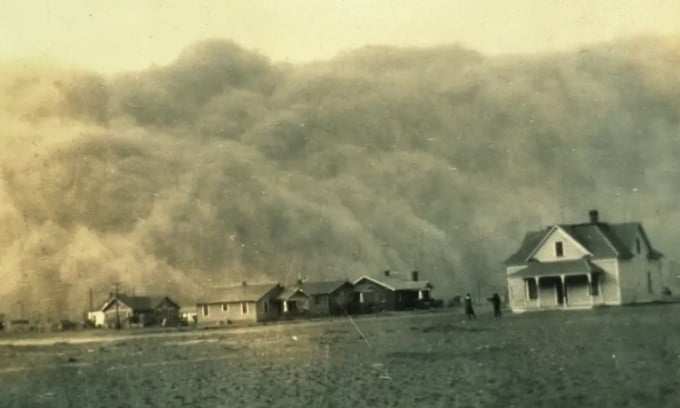
A dust storm hits Stratford, Texas in 1935. Photo: Universal History Archive
The Dust Bowl was an event that occurred in the southern plains of the United States, where severe dust storms raged during the drought of the 1930s. As strong winds and thick dust swept across the region from Texas to Nebraska, people and livestock were killed, and crops failed across the region. The Dust Bowl exacerbated the economic impact of the Great Depression, forcing many ranching families to migrate in search of better jobs and living conditions, according to History .
The Dust Bowl was caused by a number of economic and agricultural factors, including federal land policies, changes in regional weather patterns, and the farm economy. After the Civil War, a series of federal land acts encouraged westward colonization of the Great Plains. The Homestead Act of 1862 granted settlers 150 acres (65 hectares) of public land, followed by the Kinkaid Act of 1904 and the expanded Homestead Act of 1909. These acts led to a large influx of new, inexperienced farmers into the Great Plains.
Many settlers in the late 19th and early 20th centuries lived under a misconception. Settlers, land speculators, politicians , and even some scientists believed that farming and ranching would influence the climate of the semiarid Great Plains in ways that would favor crop production. Years of wet weather reinforced this biological misconception, leading people to plant more and more on marginal land that irrigation water could not reach.
Rising wheat prices in the 1910s and 1920s, coupled with high demand for wheat from Europe during World War I, prompted farmers to plow millions of acres of native grasslands to grow rice, corn, and other crops. But as the United States entered the Great Depression, wheat prices plummeted. In desperation, farmers plowed even more grasslands to harvest crops and break even.
Crops began to fail when drought began in 1931, leaving farmlands stripped bare. Without the deep-rooted prairie grasses to anchor the soil in place, sandy soils were blown away. Soil erosion led to massive dust storms that wreaked economic havoc, especially in the southern Plains. The Dust Bowl, or “Black Thirties,” began in 1930 and lasted about a decade, but its long-term economic impact on the region lasted much longer. Severe drought hit the Midwest and southern Great Plains in 1930. Dust storms raged in 1931. A series of droughts followed, adding to the environmental disaster.
By 1934, an estimated 14 million acres of formerly arable land had become uncultivable, while another 50 million acres, three-quarters the size of Texas, were rapidly losing their topsoil. Regular rains returned to the region by late 1939, ending the Dust Bowl. However, the hardest-hit counties saw their populations decline, and the agricultural value of the land did not recover until the 1950s.
During the Dust Bowl, massive dust storms, or “black storms,” swept across the Great Plains. Some carried topsoil from Texas and Oklahoma as far east as Washington, DC, and New York, blanketing ships in the Atlantic Ocean in dust. The clouds darkened the sky, sometimes for days. In many places, the dust drifted like snow and had to be cleared away with shovels. Dust seeped through cracks in homes and settled on food, furniture, and human skin. Some residents developed “dust pneumonia,” a disease characterized by chest pain and difficulty breathing. Officials don’t know exactly how many people died from the disease, but estimates range from hundreds to thousands.
On May 11, 1934, a dust storm 2 miles high traveled 2,000 miles up the East Coast, blanketing landmarks like the Statue of Liberty and the Capitol. The worst dust storm occurred on April 14, 1935. News outlets dubbed it Black Sunday. A wall of sand and dust rose from the Oklahoma Panhandle and spread east. An estimated 3 million tons of topsoil were blown off the Great Plains that Sunday alone.
President Franklin D. Roosevelt took a number of steps to help poor farmers displaced by the Dust Bowl. He also addressed the environmental degradation that had caused the Dust Bowl. Government programs encouraged farmers to plant windbreaks on farms across the Great Plains. Government agencies also developed and promoted new farming techniques to combat soil erosion. About 2.5 million people moved out of the Dust Bowl-affected states of Texas, New Mexico, Colorado, Nebraska, Kansas, and Oklahoma during the 1930s. It was one of the largest migrations in U.S. history.
An Khang (According to Business Insider )
Source link


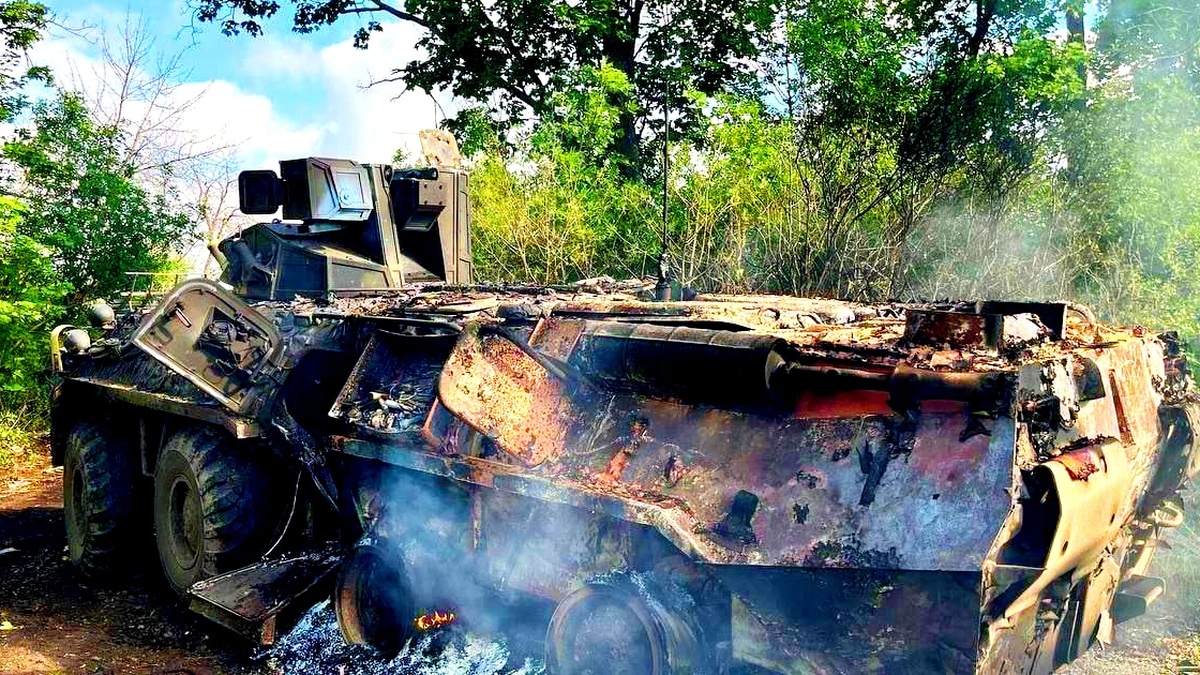

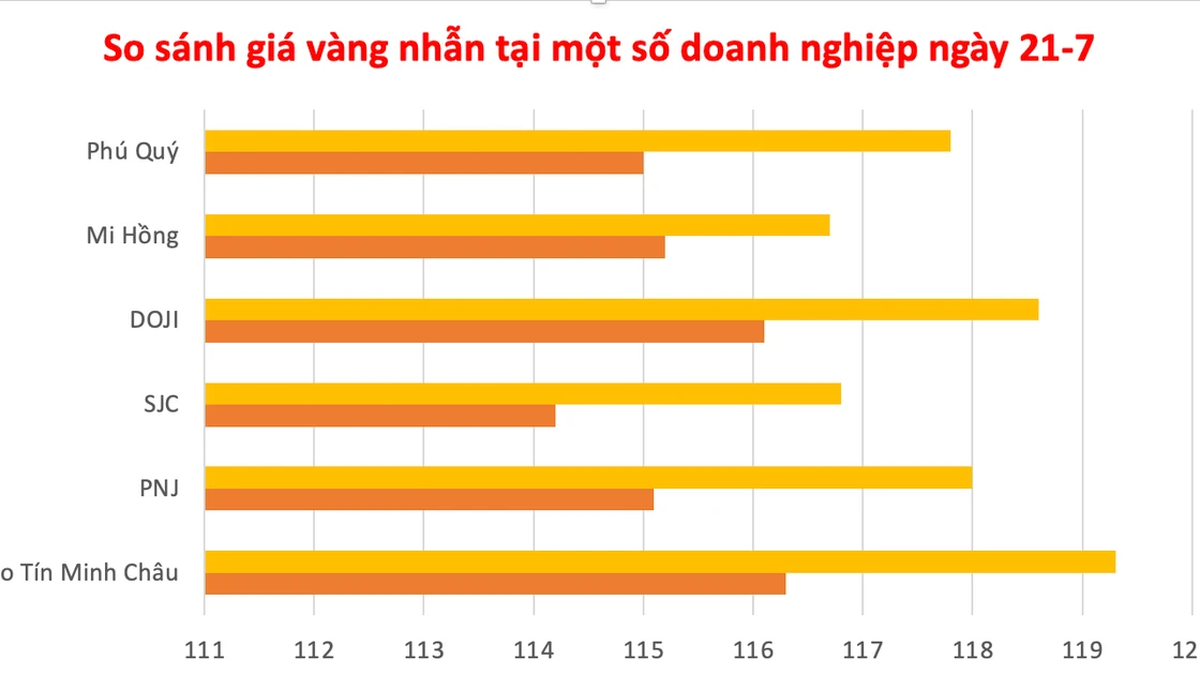
























![[Photo] National Assembly Chairman Tran Thanh Man visits Vietnamese Heroic Mother Ta Thi Tran](https://vphoto.vietnam.vn/thumb/1200x675/vietnam/resource/IMAGE/2025/7/20/765c0bd057dd44ad83ab89fe0255b783)

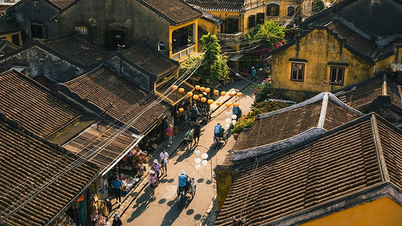



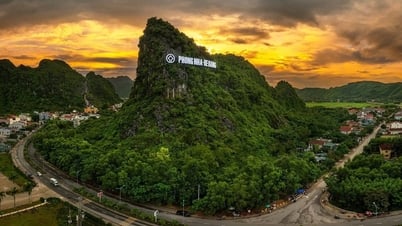


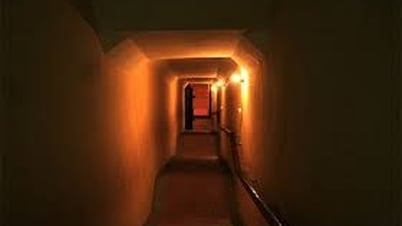

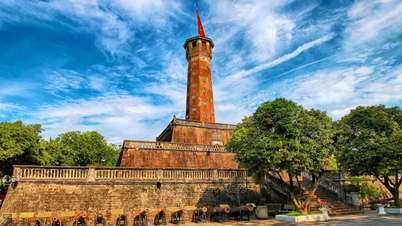






















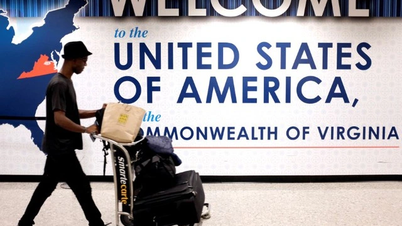




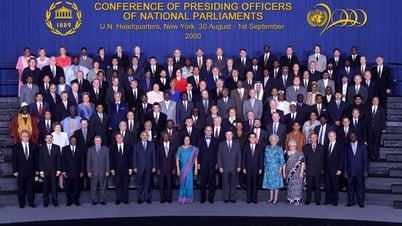
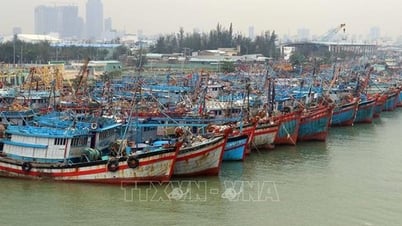






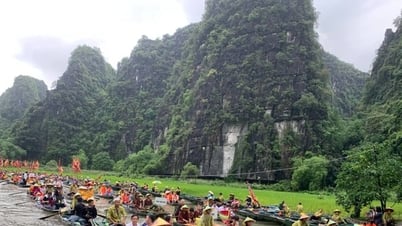




















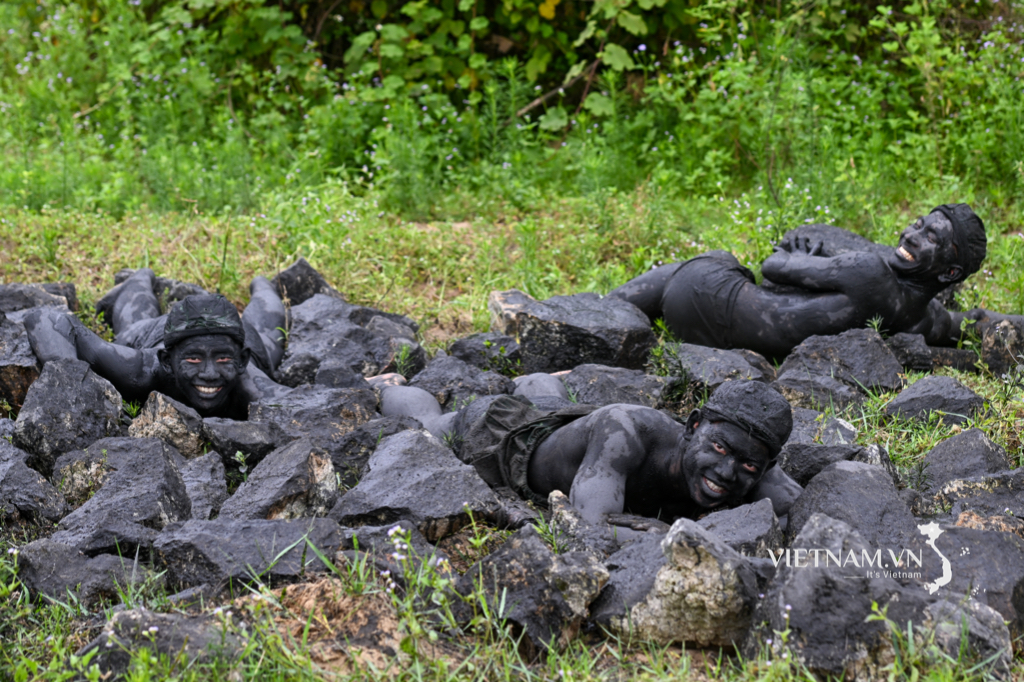
Comment (0)